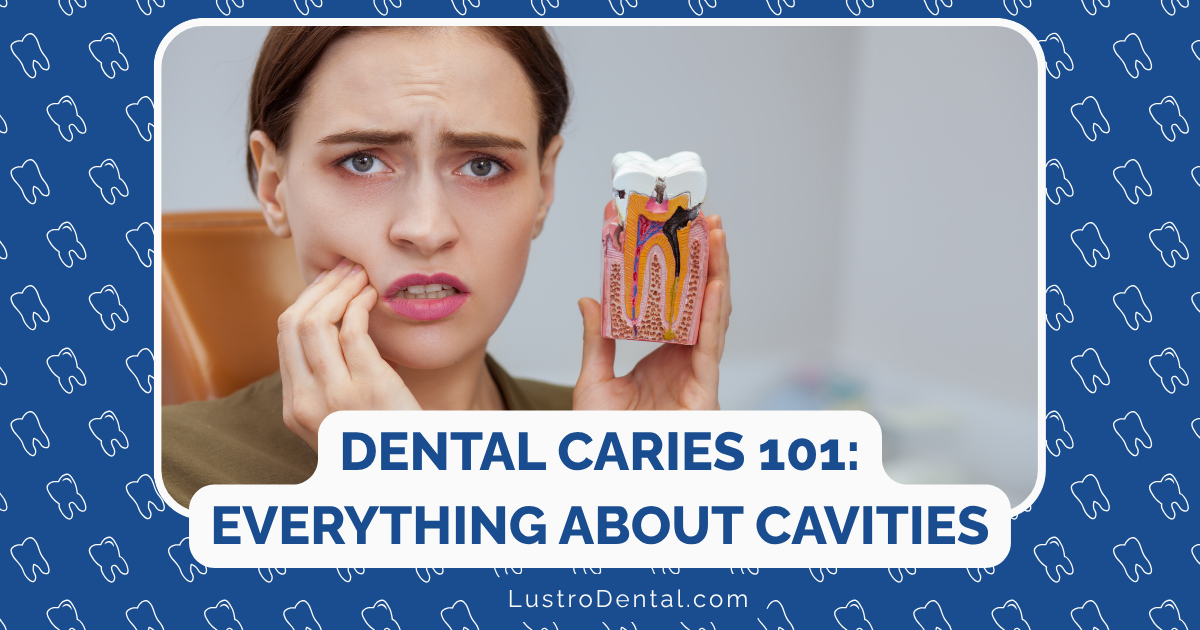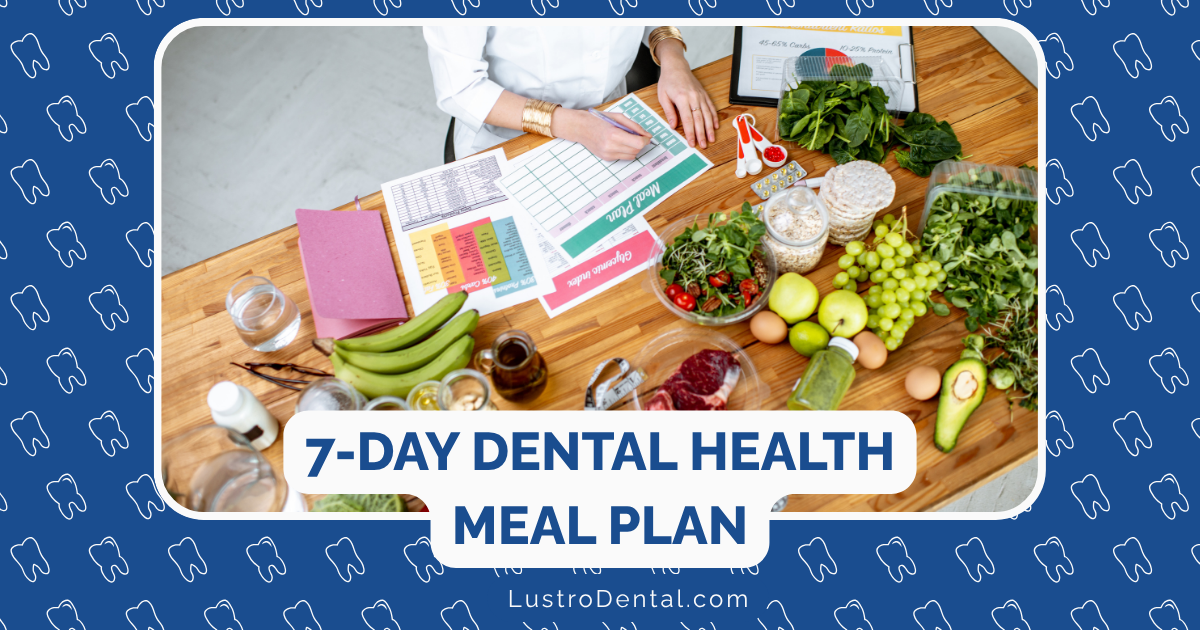How to Maximize Your Dental Insurance with Strategic Check-up Timing

Most dental insurance plans come with a “use it or lose it” policy—benefits that don’t roll over when the calendar flips to a new year. According to the American Dental Association, Americans leave billions of dollars in dental benefits unused each year. That’s money you’ve already paid for through premiums but never utilized.
Strategic timing of your dental visits and treatments can help you maximize these benefits, potentially saving you hundreds or even thousands of dollars. In this guide, we’ll explore how does dental insurance maximization work harder for you through thoughtful scheduling and planning.
Understanding How Dental Insurance Works
Before diving into timing strategies, it’s important to understand the key components of most dental insurance plans:
Annual Maximum
“The annual maximum is the total amount your insurance will pay for dental treatments within a benefit year,” explains Dr. Sarah Chen, a dentist with extensive experience navigating insurance plans. “This typically ranges from $1,000 to $2,000 per person, depending on your plan.”
Once you reach this maximum, you’ll pay 100% out-of-pocket for any additional treatments until your plan resets—usually on January 1st.
Coverage Categories
Most dental plans structure coverage in tiers:
- Preventive care (cleanings, exams, X-rays): Usually covered at 100%
- Basic procedures (fillings, simple extractions): Typically covered at 70-80%
- Major procedures (crowns, bridges, root canals): Often covered at only 50%
Deductible
“Your deductible is the amount you must pay out-of-pocket before your insurance begins to cover its portion of treatment costs,” notes dental office manager Jennifer Marsh. “This typically ranges from $50 to $200 annually.”
Some plans waive the deductible for preventive services, meaning your cleanings and check-ups are covered at 100% with no out-of-pocket cost.
Plan Year
Most dental insurance operates on a calendar year (January 1 to December 31), though some plans may have different start dates. Understanding your specific plan year is crucial for timing strategies.
Strategic Timing for Maximum Benefits
Now that you understand the basics, let’s explore specific timing strategies to maximize your dental benefits:
1. Schedule Preventive Care Early and Often
Preventive care is the foundation of good oral health and typically receives the highest coverage from insurance plans.
“Most dental plans cover two preventive visits per year at 100%,” explains Dr. Michael Rodriguez, DDS. “These are essentially ‘free’ services you’ve already paid for through your premiums.”
Strategic approach: Schedule your first preventive visit early in the year (January-March) and your second in the middle of the year (June-August). This timing allows you to:
- Identify any issues early in the year, giving you time to plan treatment before benefits expire
- Maintain optimal oral health with properly spaced cleanings
- Leave room in the schedule for any necessary follow-up treatments before year-end
“If you wait until November or December for your second cleaning, you might discover issues that require treatment, but have little time left to schedule before benefits reset,” cautions Dr. Rodriguez.
2. Address Small Problems Before They Become Major
Insurance companies provide better coverage for preventive and basic services than for major procedures—a financial incentive to address problems early.
Strategic approach: If your dentist identifies a small cavity or early gum disease during your first preventive visit of the year, schedule treatment promptly rather than waiting.
“A small filling might be covered at 80% under basic services, while waiting until it requires a root canal and crown could mean only 50% coverage as a major procedure,” notes dental hygienist Lisa Warren. “The difference in out-of-pocket costs can be substantial.”
3. Maximize Two Years of Benefits for Extensive Treatment
For more extensive dental work that will exceed your annual maximum, consider splitting treatment across two calendar years.
Strategic approach: Schedule the first portion of treatment in November or December and the remainder in January of the following year.
“This strategy allows you to use this year’s maximum benefit and next year’s benefit for the same treatment plan,” explains Dr. Chen. “For example, if you need multiple crowns totaling $4,000 and your annual maximum is $1,500, you could have two crowns done in December using this year’s benefits and the remaining work completed in January using next year’s benefits.”
This approach works particularly well for:
- Multiple crowns or bridges
- Implant procedures (placement in December, restoration in January)
- Full mouth reconstructions
- Orthodontic treatment
4. Time Major Procedures Based on Deductible Status
If you’ve already met your deductible for the current year, it makes financial sense to complete additional necessary treatment before your plan resets.
Strategic approach: Review your insurance usage in September or October. If you’ve met your deductible but haven’t reached your annual maximum, schedule any needed treatment before December 31st.
“Once you’ve met your deductible, your insurance coverage kicks in at the designated percentage for each service category,” notes Marsh. “Waiting until January means paying a new deductible before coverage applies again.”
5. Coordinate FSA/HSA Funds with Insurance Benefits
If you have a Flexible Spending Account (FSA) or Health Savings Account (HSA), coordinate these funds with your insurance benefits for maximum savings.
Strategic approach: Use FSA funds that expire at year-end to cover out-of-pocket costs for treatment scheduled in November or December.
“Many FSAs operate on a ‘use it or lose it’ basis, with funds expiring on December 31st,” explains Dr. Rodriguez. “Using these pre-tax dollars for dental costs not covered by insurance essentially gives you a discount equal to your tax rate.”
Special Timing Considerations
For New Insurance Plans
If you’ve recently enrolled in a new dental plan, be aware of waiting periods that might affect your timing strategy.
“Many plans impose waiting periods of 6-12 months for major procedures,” cautions Dr. Chen. “This means you’ll need to be enrolled for that period before coverage for certain treatments begins.”
Strategic approach: During waiting periods, focus on preventive care that’s covered immediately, and use the time to plan for major procedures once the waiting period ends.
For Families Sharing Benefits
Family plans often have both individual maximums and family maximums. Strategic timing becomes even more important when coordinating care for multiple family members.
Strategic approach: Prioritize preventive care for everyone, then address the most urgent treatment needs before moving to elective procedures.
“If one family member has reached their individual maximum, focus remaining benefits on other family members who haven’t,” suggests dental hygienist Warren. “This ensures the family as a whole maximizes available coverage.”
Real-World Example: Maximizing Benefits in Action
Let’s see how these strategies might work in a real-world scenario:
The Smith Family Plan:
- Annual maximum: $1,500 per person
- Preventive care: 100% coverage
- Basic procedures: 80% coverage after $100 deductible
- Major procedures: 50% coverage after $100 deductible
- Plan year: January 1 – December 31
Strategic Timing Plan:
- January-February: Schedule first preventive visits for all family members
- Identify any issues requiring treatment
- Plan treatment timeline based on urgency and benefit structure
- March-April: Address any basic procedures identified during preventive visits
- Meet deductibles early in the year
- Handle small issues before they become major problems
- June-July: Schedule second preventive visits
- Check on previously treated areas
- Identify any new concerns
- September: Review benefit usage and remaining maximum
- Determine if any family members are close to their annual maximum
- Identify treatments that could be scheduled before year-end
- October-November: Schedule necessary treatments to utilize remaining benefits
- Prioritize treatments for family members who haven’t reached their maximum
- Begin first phase of any extensive treatments that could be split across calendar years
- December: Complete first phase of split treatments
- Use any remaining FSA funds that might expire
- Schedule January appointments for second phase of split treatments
“This approach ensures the family uses their full benefits for the current year while strategically positioning themselves for maximum coverage in the following year,” notes Dr. Rodriguez.
Common Mistakes to Avoid
1. Waiting Until December
“The biggest mistake I see is patients waiting until November or December to schedule their second cleaning of the year,” says Marsh. “By then, our schedule is often full, and there’s little time to address any issues discovered during the exam.”
2. Ignoring Treatment Recommendations
Delaying recommended treatment doesn’t save money—it often costs more in the long run.
“A small filling that costs $150 today could become a $1,200 root canal and crown next year if left untreated,” cautions Dr. Chen. “Insurance typically covers a higher percentage of preventive and basic services, making early intervention financially advantageous.”
3. Not Knowing Your Plan Details
“Many patients don’t know their annual maximum, when their plan year begins and ends, or what services are covered at what percentages,” notes Dr. Warren. “This information is crucial for strategic timing.”
Taking Action: Your Year-End Checklist
As the year progresses, use this checklist to ensure you’re maximizing your dental benefits:
- ✓ September: Call your dental insurance provider to check:
- Remaining annual maximum
- Whether you’ve met your deductible
- Any benefits specific to your plan that expire at year-end
- ✓ October: Schedule a consultation with your dentist to:
- Review your oral health status
- Discuss any recommended treatments
- Create a strategic treatment plan to maximize benefits
- ✓ November: Finalize your treatment schedule:
- Book appointments for any treatments to be completed this year
- Pre-schedule January appointments for next phase of treatment
- Confirm FSA/HSA fund status and expiration dates
- ✓ December: Before year-end:
- Complete scheduled treatments
- Use remaining FSA funds if they expire
- Schedule preventive visits for early next year
Conclusion: A Proactive Approach Pays Off
Strategic timing of dental visits and treatments is one of the most effective ways to maximize your insurance benefits and minimize out-of-pocket costs. By understanding your plan details and thinking ahead, you can ensure you’re getting the full value from the dental benefits you’ve already paid for through premiums.
“Dental insurance is designed to encourage preventive care,” concludes Dr. Rodriguez. “By following these strategic timing approaches, you’re not only maximizing your financial benefits but also optimizing your oral health through regular care and early intervention.”
Remember that your dental office staff are valuable allies in this process. They work with insurance plans every day and can help you navigate the complexities of coverage, timing, and treatment planning to get the most from your benefits.







